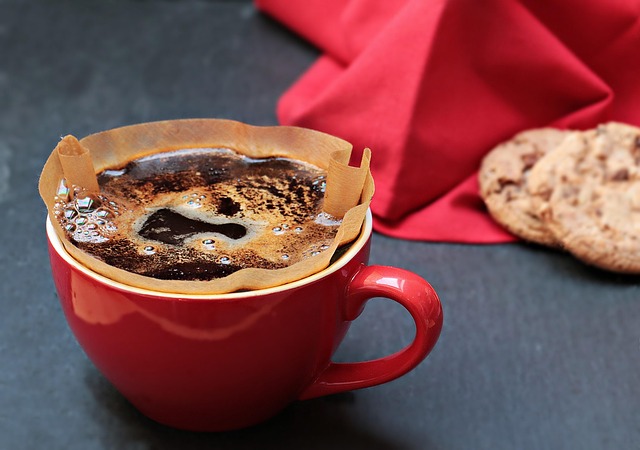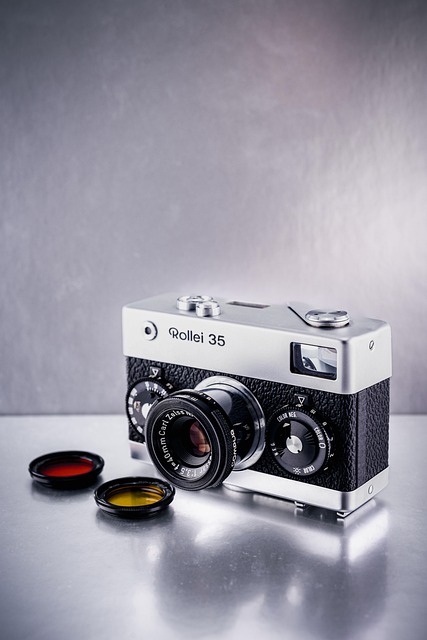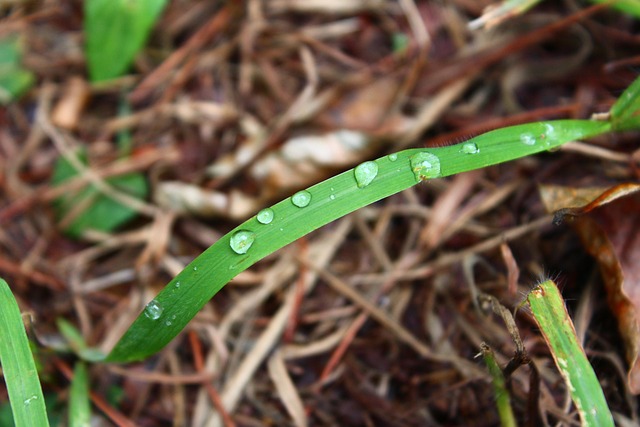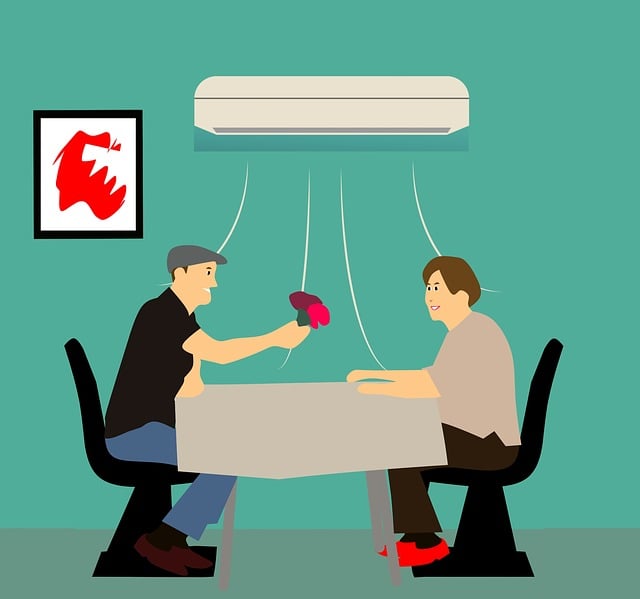HVAC mold, a persistent issue in humid regions, poses health risks and structural damage. Preventive measures include regular maintenance, adequate airflow, and using dehumidifiers that control moisture below 50% relative humidity. High-quality mold resistant air filters trap spores before recirculation, complementing dehumidifiers for optimal HVAC system hygiene. HEPA filters capture 99.97% of particles as small as 0.3 microns, while activated carbon filters adsorb VOCs for enhanced air quality. Regular filter cleaning ensures continued efficacy in maintaining mold-free environments.
“In the quest to maintain a healthy and comfortable indoor environment, understanding HVAC mold and its detrimental effects is paramount. This article explores the powerful tool that dehumidifiers offer in the battle against mold growth. We delve into how these devices regulate humidity, effectively preventing mold formation near your HVAC system.
Furthermore, we guide you through essential features to consider when choosing a mold-resistant dehumidifier, complete with top recommendations featuring superior mold resistance and advanced air filtration.”
- Understanding HVAC Mold and Its Impact
- The Role of Dehumidifiers in Mold Prevention
- Key Features to Look for in a Mold-Resistant Dehumidifier
- Top Dehumdifiers with Superior Mold Resistance and Air Filtration
Understanding HVAC Mold and Its Impact

Mold is a common issue in heating, ventilation, and air conditioning (HVAC) systems, particularly in environments with high humidity. It can grow undetected, hidden behind walls or within ductwork, and present significant health risks for occupants. HVAC mold thrives in dark, damp spaces, often caused by leaks, inadequate ventilation, or improper system maintenance. When left unaddressed, it can lead to a range of issues, from respiratory problems for residents to costly damage to the building structure.
Regular maintenance and proper airflow are key to preventing HVAC mold. One effective strategy is using dehumidifiers, which reduce humidity levels, creating an environment that discourages mold growth. Additionally, investing in high-quality, mold-resistant air filters can trap spores and prevent them from circulating, further mitigating the risk of mold development.
The Role of Dehumidifiers in Mold Prevention

Dehumidifiers play a crucial role in preventing HVAC mold growth by controlling moisture levels within a space. High humidity environments create the perfect conditions for mold spores to thrive and multiply, often leading to unsightly and potentially harmful mold outbreaks. By reducing relative humidity below 50%, dehumidifiers significantly limit mold’s ability to develop and spread.
Additionally, modern dehumidifiers come equipped with advanced features like mold resistant air filters, which further enhance their effectiveness in capturing and removing airborne mold spores. These filters work in tandem with the dehumidifier’s fan to circulate drier air, creating a healthier living or working environment. This combination of reduced humidity and filtered air ensures that your HVAC system remains free from mold buildup, extending its lifespan and maintaining optimal performance.
Key Features to Look for in a Mold-Resistant Dehumidifier

When selecting a dehumidifier for preventing HVAC mold, consider several key features that ensure its effectiveness and longevity in mold-prone environments. First and foremost, look for models with mold-resistant air filters. These specialized filters are designed to trap not only common pollutants but also microscopic mold spores, preventing their circulation throughout your home’s HVAC system. Features like HEPA (High-Efficiency Particulate Air) filtration further enhance the unit’s ability to capture even the tiniest particles, including allergen and irritants that can contribute to mold growth.
Additionally, opt for dehumidifiers with auto shut-off functionality and humidity sensors. These features allow the machine to automatically turn off once it has reached the desired humidity level, preventing over-drying of the air which could itself lead to mold issues. Regularly cleaning or replacing washable air filters is another crucial aspect for maintaining a healthy indoor environment. This ensures that your dehumidifier continues to function optimally and keeps your home’s air clean and free from unwanted mold growth.
Top Dehumdifiers with Superior Mold Resistance and Air Filtration

When it comes to preventing HVAC mold, top-tier dehumidifiers equipped with advanced mold-resistant air filters are indispensable. These powerful machines not only extract excess moisture from the air but also feature highly efficient filters designed to trap microscopic mold spores, ensuring a healthier indoor environment.
Look for dehumidifiers with HEPA (High-Efficiency Particulate Air) filters, which capture at least 99.97% of particles as small as 0.3 microns—including mold, dust, and pet dander. Some models even incorporate activated carbon filters to adsorb volatile organic compounds (VOCs) and further improve air quality. This dual-filter system provides a two-pronged attack against mold growth, making it an effective solution for maintaining optimal humidity levels and purifying the air in your home or commercial space.
